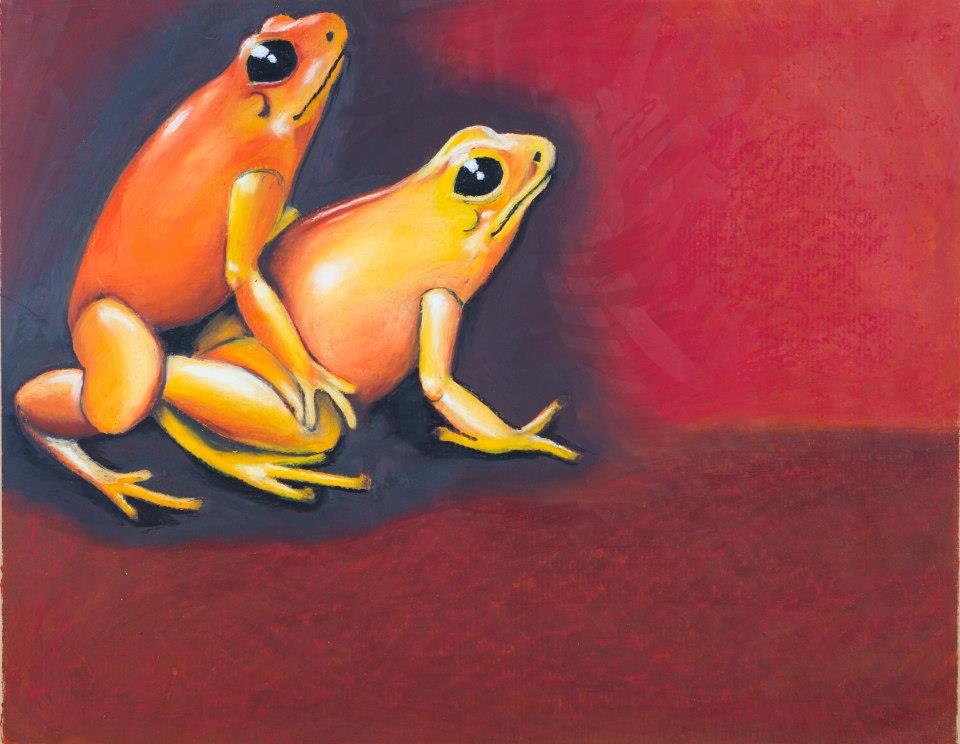
#Zaba photo mosaic full version#
With the Full Version you can have higher quality and completely customize the Photomosaic, choose the resolution and the features of tesseras, and set other parameters to optimize the created mosaic.Ī Photomosaic is a very original idea for many occasions: a gift for a birthday or a special event, a way to organize all the pictures of an holiday in a nice picture, to create a customized background for your PC or Android device, and many others. You can also choose the color type between color rgb, grayscale or sepia, set the thumbnails orientation (rotated or not) into the mosaic, and this is the first mobile application that allows all this to users with a very simple and linear graphics. In the Lite Version the App produces a mosaic of about 40x40 tesseras, depending on the type selected between photographic and print mode. It transforms a photo taken from the Gallery, from the Camera, or downloaded from Internet, in a Photomosaic using the pictures contained in your device as tesseras.
#Zaba photo mosaic professional#
ZaBa Photo Mosaic Lite currently has 408 ratings with average rating value of 3.4 ZaBa Photo Mosaic is the Android App to create professional Photomosaics. According to Google Play ZaBa Photo Mosaic Lite achieved more than 74 thousand installs. The current version is 3.3.2, released on. Furthermore, these data suggest that historically documented fishing by modern local pastoralists and increases in sedentism were not completely the result of Russian-period settlement of the region but instead were occurring in Cis-Baikal long prior to the modern era.Android application ZaBa Photo Mosaic Lite developed by ZaBaApps is listed under category Photography7. This subsistence practice was previously unrecognized in the region, likely due to lack of sieving of sites. Finally, our data demonstrate that pastoralists here also regularly fished. Third, hunting of terrestrial mammals, particularly roe deer and red deer, was also common at the site. Second, pastoralists at Sagan-Zaba regularly hunted Lake Baikal's freshwater seals, long after the introduction of domesticated livestock. Cattle appear to increase through time at the site while horses remained relatively rare. First, the primary domesticates in all periods were sheep, goats, cattle, and horses.
#Zaba photo mosaic series#
The results of our research reveal a series of new insights on pastoralist subsistence practices.

Significantly, it is the first site of this period in the region to be screened with fine-meshed sieves and to be systematically studied by zooarchaeologists.

It contains stratified deposits associated with different periods of pastoralist occupation spanning much of the late Holocene. This site offers a unique opportunity to examine diachronic patterns in diet and subsistence practices of local pastoralists. We present new faunal data from the recently excavated Sagan-Zaba II site located on the west coast of Lake Baikal. Few habitation sites from the late Holocene here contain stratified deposits, and virtually none have been subject to modern excavation methods or zooarchaeological analyses. While the archaeological record of these groups is quite extensive, most research on pastoralists here has focused on mortuary traditions while questions about subsistence practices have been left largely unaddressed. Roughly 3000 years ago, nomadic pastoralists began to arrive in the Cis-Baikal region of eastern Siberia.


 0 kommentar(er)
0 kommentar(er)
